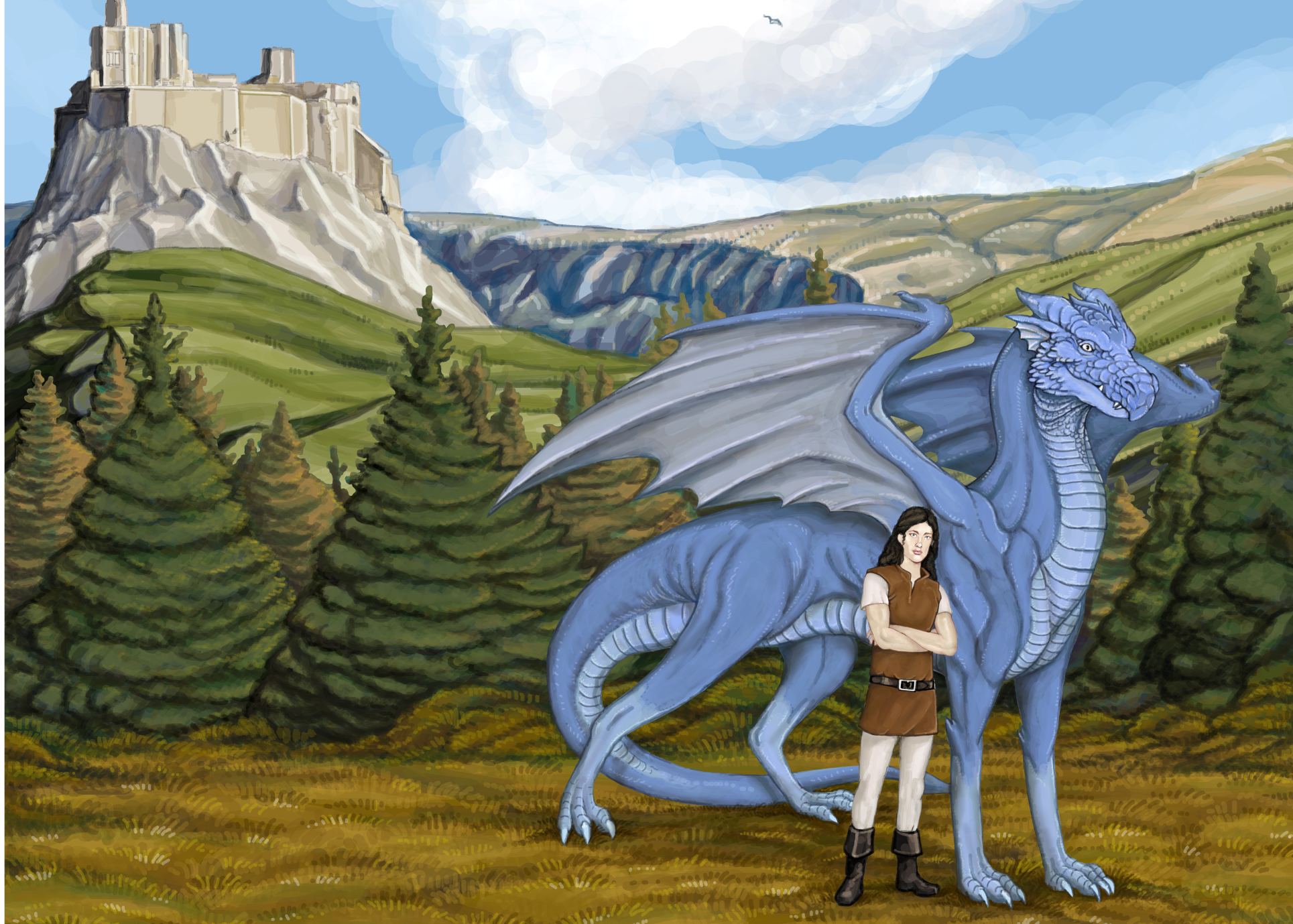Spinning
No, NO, NO!! That is not how you hold the spindle. Now watch me closely because this is the last time I show you..
Utility
The differing weights of the threads could be used in different aspects of clothes making and sewing.
For instance, the thicker threads which create yarn are used in knitting items like socks, gloves, and blankets. It is also sought by hatters for felting into bowlers and trilbys.
The medium weight threads are coveted by weavers for the manufacturing of cloth which was in turn sold to tailors and seamstresses for making clothing. These threads are often dyed and sold for embroidery.
The finest of threads are used for delicate stitching and tatting.
Manufacturing
The art and skill of spinning is a delicate art form since the creation of thread requires total concentration. Once the spindle is in motion it needs to remain in motion and spinning in the same direction otherwise all the work which had been done is ruined. Once a section of thread is ruined it needs to be sent back to the carding room to be carded and prepared to spin again.
There are a few master spinners who will intentionally reopen the thread to insert a new thread into the spin. These insertions are generally conducted well into the original thread to create patterns but require the most skilled of touches to accomplish.
Due to the fact that it is not possible to complete a spin in a single day for some of the skeins. The drop spindles are marked in the direction of rotation. This ensures that whoever retrieves the spindle can continue or complete that particular skein. Special orders are completed by specific members who have the skills and specialty in the required technique.
Access & Availability
The craft of spinning was once widely available to anyone in the world, but over time the Guild of Spinners or The Spinner's Guild started to gather the best spinners together and formed a guild in which they began to control the trade of the raw thread.
Complexity
The process of spinning wool became more complex as new ways were discovered to refine the texture and thickness of the final thread. First came the wooden combs to align the fibres, and then over time with the discovery metalworking the combs became more complex with more teeth and eventually began to resemble brushes.
The act of spinning started with just rubbing it between the palms of the hands then they discovered that if the put a weight on one end and spun it the spinning motion would bind the fibres while the weight would slowly pull it out into a finer thread. Then came the spinning wheel with its treadle and larger wheel and the ability to create even finer threads.
Discovery
The original discovery of the fact that wool from the sheep could be used to craft clothing when a child happened to be petting one of the sheep in the spring and came away with large clumps of raw wool in his hands. When he tried to collect off his hands it balled up into a tight clump. Showing it to his mother she realized it was soft and could be worked into a fine thread when she started rolling it in her hands.





Comments